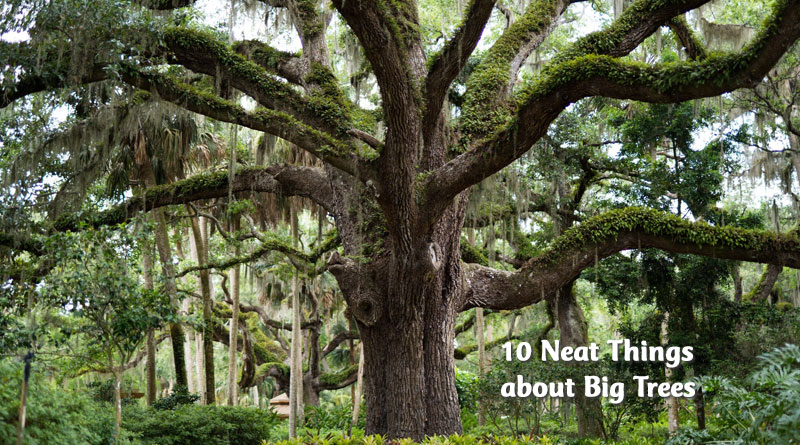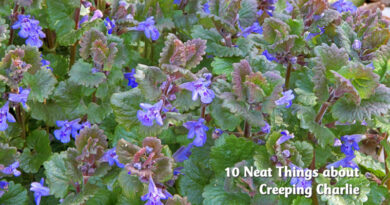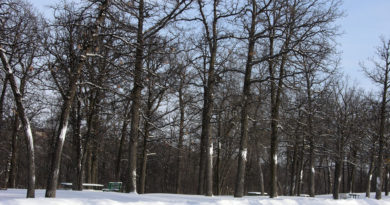About Big Trees

1. What kind of big?
You can measure the biggest trees as the tallest, the thickest at breast-height, the largest amount of wood (a combination of height and width) or the broadest crown. What is surprising is that most are not found in the hottest parts of the world but in California.
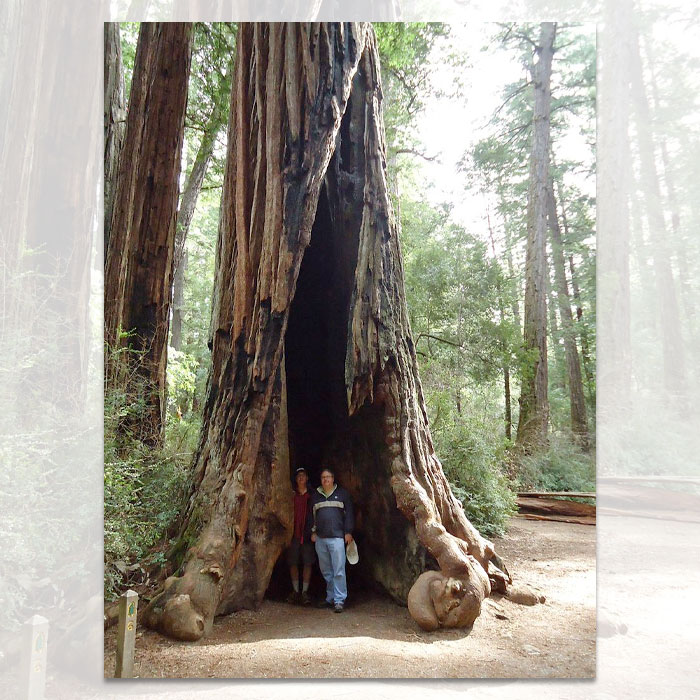
2. Coast redwood.
Sequoia sempervirens is easily the tallest tree, with the specimen Hyperion measuring 380 feet high; that’s the height of a 38-story building. It’s located in Redwood National and State Park in California, but if you want to see it for yourself, well, good luck. The exact location is kept secret to protect this coast redwood. Makes sense, I guess, but it’s a shame you cannot visit it.

3. Disappearing coast redwood.
In 1850, there were about 2.1 million acres of the tree. Then commercial logging began. Today there are fewer that 120,000 acres, or 5% remaining.
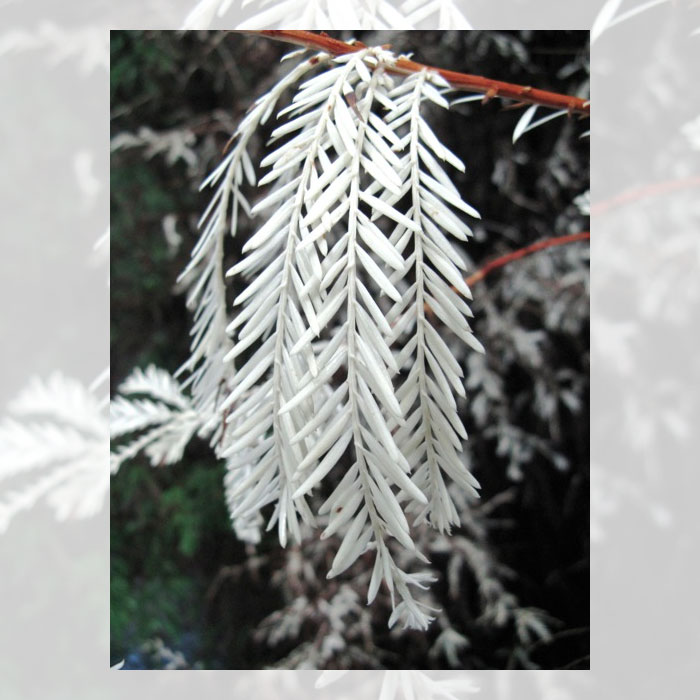
4. Resistant coast redwood.
The tree is naturally resistant to insects and rot owing to terpenoids and tannic acid. It has thick, fibrous bark that makes it resistant to fire and produces little flammable pitch or resin. Furthermore, there are about 400 albino coast redwoods in existence. These don’t produce chlorophyll, so they need to suck sugar from other redwoods’ roots, but they are exceptional at storing heavy metals, which may be why other redwoods keep them around.
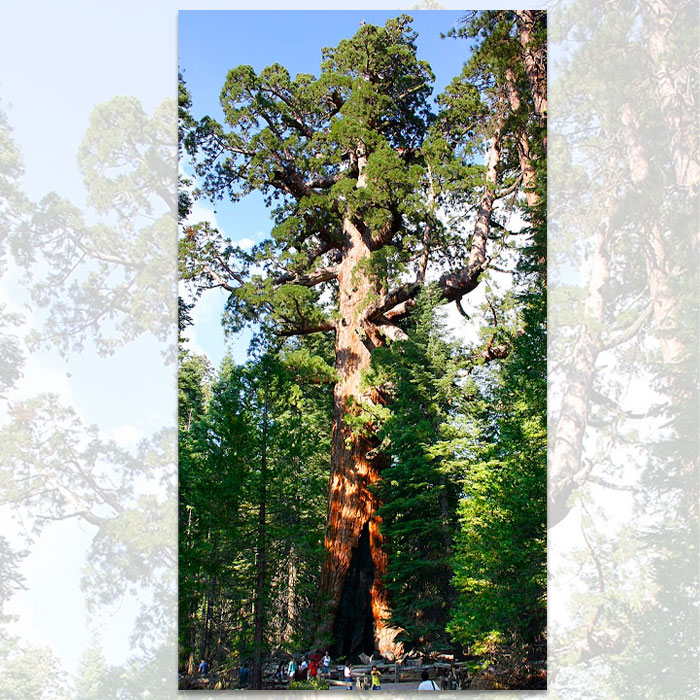
Image by Mike Murphy, CC BY-SA 2.0, via Wikimedia Commons
5. Giant redwood.
Sequoiadendron giganteum is not so tall as the coast redwood, growing to only 160 to 280 feet high. What it lacks in height, it makes up for in girth: giant redwoods average 20 to 26 feet diameter, or 60 to over 80 feet in circumference at breast height and growing in a fairly columnar fashion.
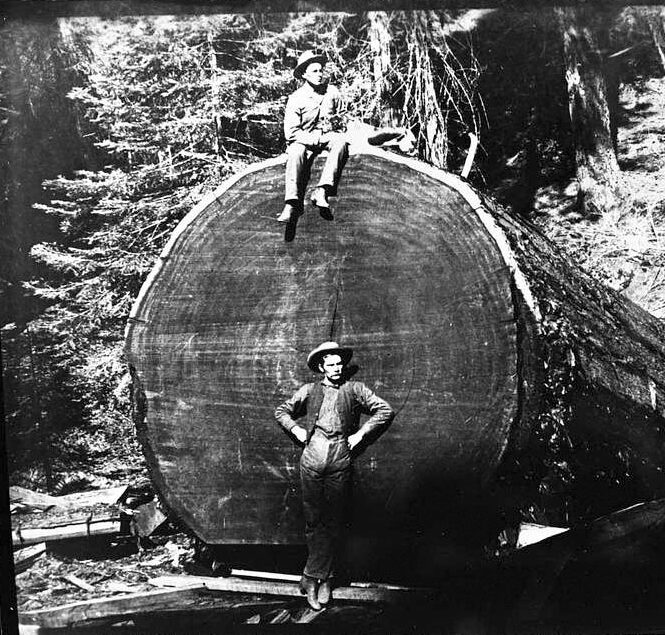
6. Brittle giant redwood.
The giant redwood is resistant to fire for the same reasons as the coast redwood; in fact, its continuation as a species is aided by forest fires, which open the cones and clear the forest of competing species. However, it is not an important wood for logging because the trees tend to shatter when felled. Loggers tried like heck to make the tree useful and continued to cut them down from the 1880s to the 1920s. They tried digging trenches and filling them with branches for the tree to fall on, but they still broke up when they hit the ground. Loggers would take as little as 50% of the wood. The wood was used for shingles and matchsticks.
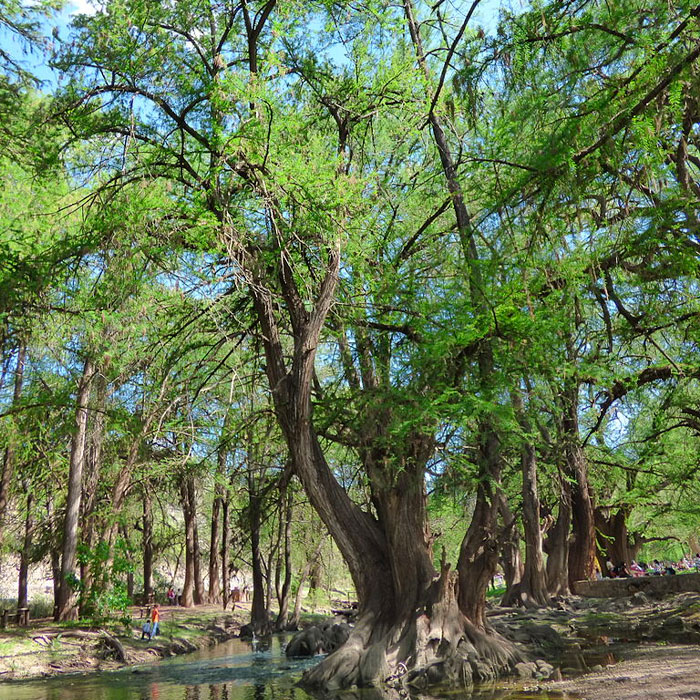
Image by: Luisalvaz, CC BY-SA 4.0, via Wikimedia Commons
7. Montezuma cypress.
Taxodium mucronatum has a very broad trunk, with a particular specimen, Arbor de Tule in Oaxaca, Mexico, measuring 37.5 feet in diameter, or 118 feet around. Most are considerably smaller, though. These trees were of great importance to Indigenous Mexicans and were cultivated by Aztecs.
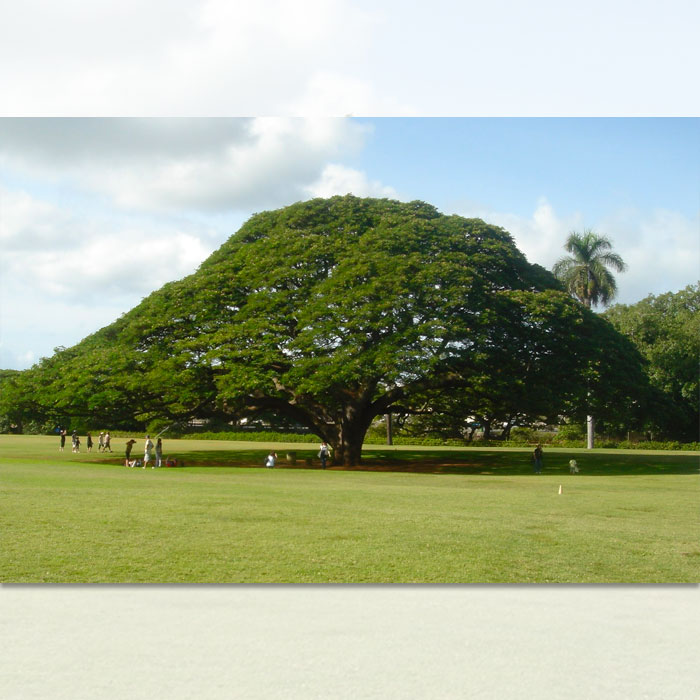
Image by Myaataro, Public domain, via Wikimedia Commons
8. Raintree.
The broadest-crowned trees in the world are: first, a coolibah in Australia; second, an oriental plane in England. For pure aesthetics, though, you cannot beat the third broadest, which is a raintree in Venezuela, because it is so much wider than it is tall. With a native range from Mexico to Peru, it has been exported to tropical areas around the world. It’s called raintree because of the sensation of rain one gets standing under the canopy, which is from the honeydew excreted by cicadas. Ewww.

9. Dragon tree.
The plant with the longest roots may be the tree-like Dracaena draco on Tenerife in the Canary Islands. The specimen El Drago Milenario has roots that are 600 feet long. The name means thousand-year-old dragon, but it turns out to be 360 years old at most. Still, those are crazy long roots!
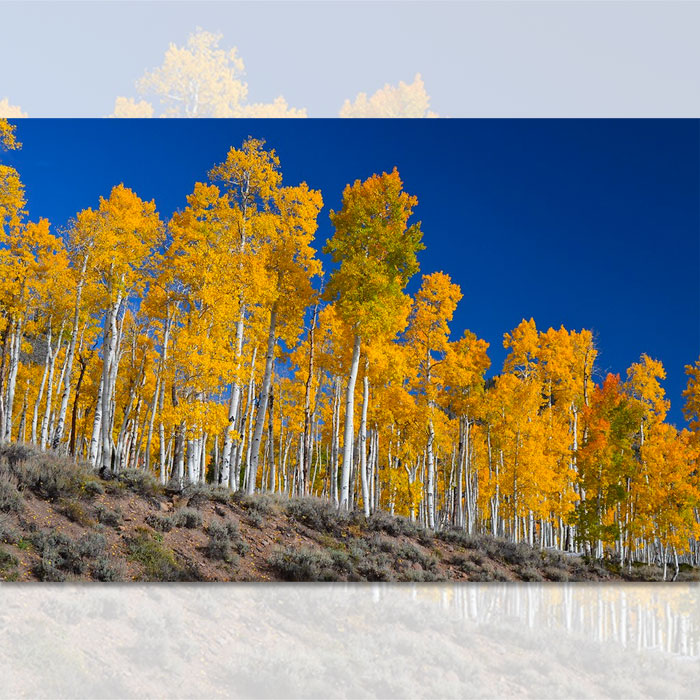
Image by J Zapell, Public domain, via Wikimedia Commons
10. Aspen grove.
The largest and oldest living thing in the world is an aspen grove called Pando. It is a clonal colony of Populus tremuloides in Utah. It occupies 106 acres, with an estimated total weight of 6,600 tons. What makes it one organism is that the trees are all genetically identical and share one root system, having all grown by suckers. The root system is estimated to be 8000 years old.
– Shauna Dobbie Copyright©
Pegasus Publications Inc.

